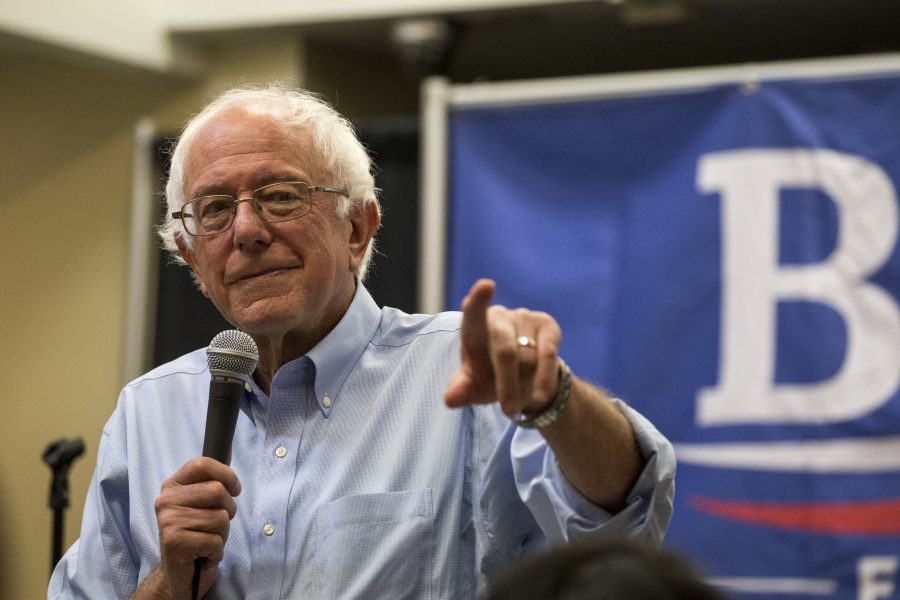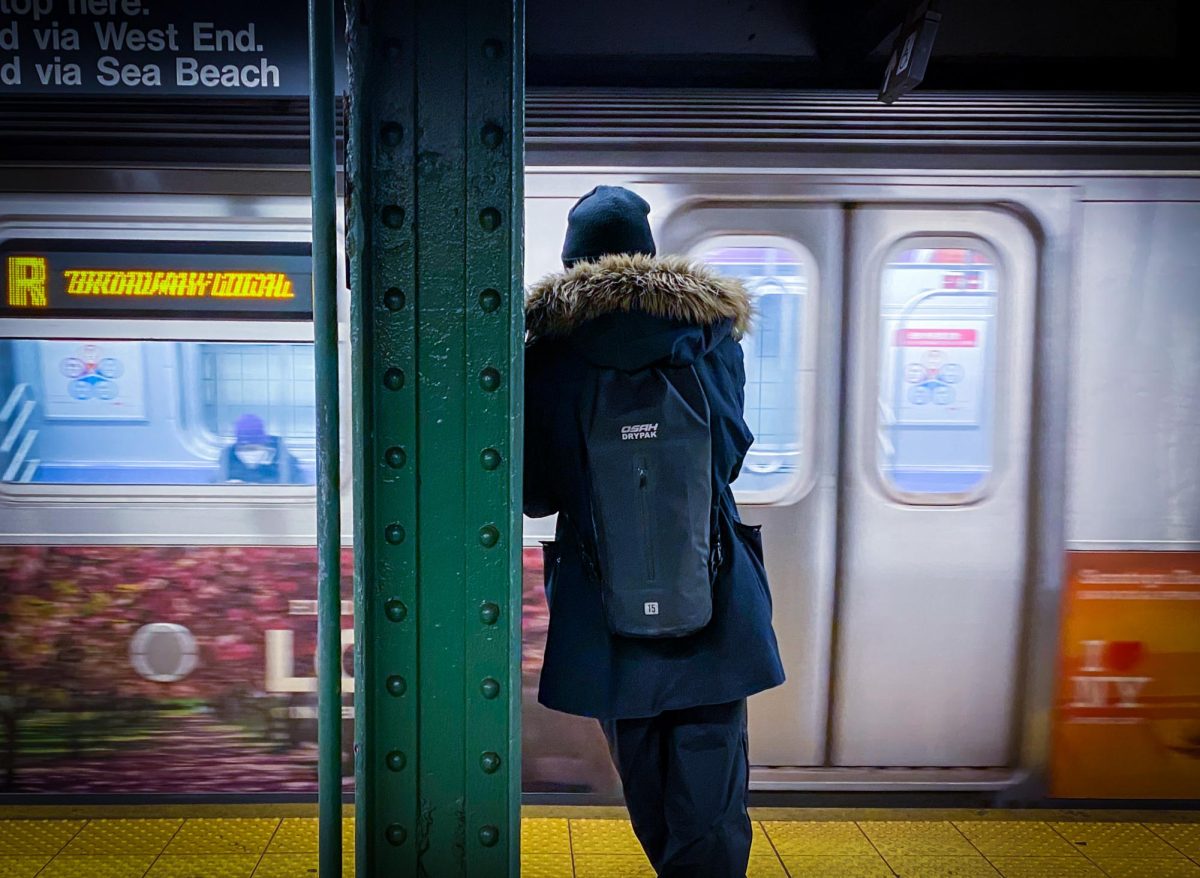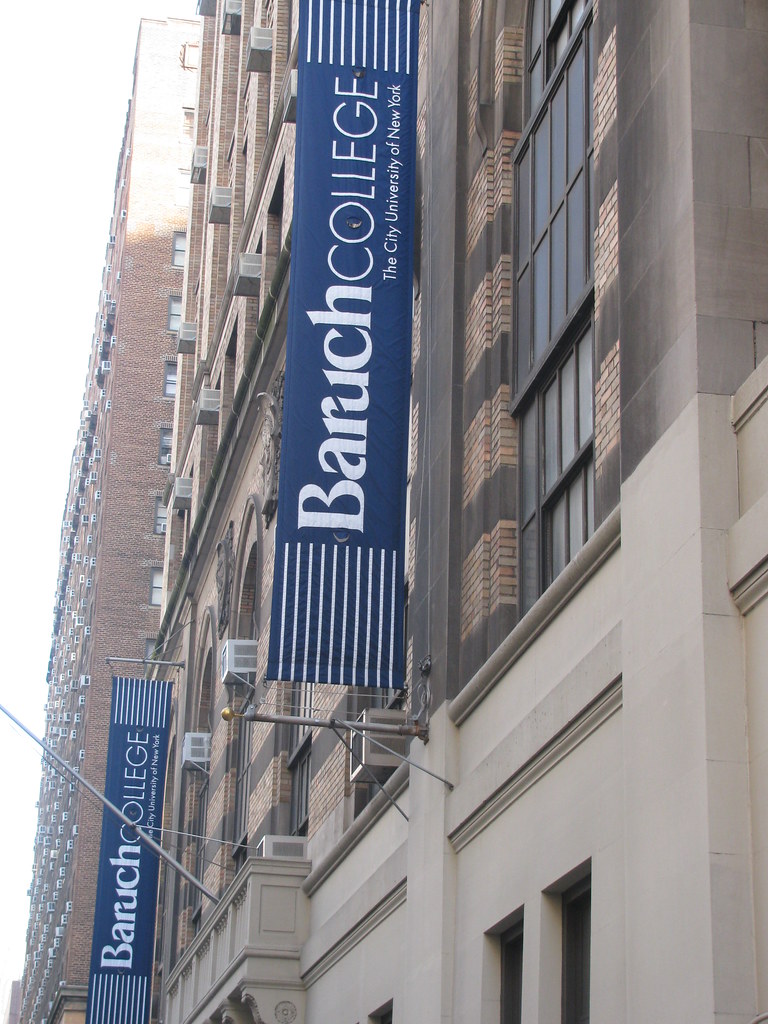Sen. Bernie Sanders of Vermont has joined the already overcrowded field of Democrats all vying for the party’s nomination in the 2020 presidential elections. The runner-up in the 2016 presidential primaries believes that he can ride the unexpected hype his campaign garnered last election to a win this time around. What Sanders needs to realize is that this field of liberal candidates looks very different now than it did a few years ago. Despite strong poll numbers right now, the likelihood that he is able to capture the nomination is slim.
There are many factors currently working against Sanders. One of them actually happens to be that he is already the frontrunner and thus could potentially become a victim of his own success, Vox reported.
It’s challenging for any candidate who leads this early in the polls to ultimately end up securing the nomination. Frequently, enthusiasm wanes for such candidates and increases for others. This is precisely what led to the nominations of John Kerry, former President Barack Obama and President Donald Trump over the expected favorites in the past few primaries. By having this much name recognition early on, Sanders faces an uphill battle to maintain this level of voter excitement.
Another challenge he faces is his age. Ronald Reagan was 78 years old when he left office in 1989, making him the oldest president in U.S. history. By the time the 2020 election rolls around, Sanders will be 79 years old. Whenever a party puts forth its choice for the next president, the obvious hope is that the candidate will last two terms. Regardless of how one feels about Sanders, it seems unlikely that anyone would be comfortable with a man who might be 87 when his presidency expires.
It’s also worth noting that the 2016 and 2020 races look extremely different. A few years ago, Sanders’ only real opposition was Hillary Clinton. He provided an alternative to a candidate whom many voters deemed to be unlikeable for one reason or another. In lieu of aligning themselves with her, many liberals latched on to Sanders and unexpectedly gave Clinton a run for the money. Still, Sanders ended up losing the primary.
Now the race looks much different. He is running against at least 15 Democrats, many of whom share the exact same policy ideas. While there are surely many voters who aligned themselves with Sanders because they felt very strongly about him as a candidate, there are also undoubtedly a great number of those who voted for him simply because he wasn’t Clinton. Those voters now have a wide array of candidates to choose from and could easily latch on to one of the many other progressives running.
Many Clinton voters felt that Sanders ultimately hurt the party’s eventual nominee by taking too long to drop out of the race. It’s possible that those Clinton Democrats, who outnumbered Sanders voters by over 3.5 million, may feel some resentment toward him and will subsequently refuse to vote for him in the primary.
With so many Democrats already running and even more expected to jump in, it can be hard to tell one candidate from another. Sanders stuck out in the 2016 election because he was a leftist who refused to take money from big corporations and had long advocated for progressive policies.
Nowadays, there are plenty of Democrats already in the race who look at least partially like that. Sen. Sherrod Brown is easily as liberal as Sanders, possibly even more so. Rep. Beto O’Rourke, who is expected to declare his candidacy, also refuses to take donations from large-scale corporations, Open Secrets said. And Sen. Elizabeth Warren has long advocated for the same progressive politics as Sanders.
Once viewed as radically different from the establishment, there is now little that distinguishes Sanders from the Democratic crowd anymore. Even on a basic surface level, there is not much that separates Sanders from 44 of the 45 presidents that came before him. Based on looks alone, he is an elderly, heterosexual, white man.
Democrats may be clamoring for a different type of candidate. There are already six women, two African-American people and one gay man running for the party’s nomination thus far. It’s possible that voters might be tired of the same types of people representing them in the executive office and may vote for one of the many minority candidates, simply because they identify with them more.
Sanders jumped into the race in hopes that his 2016 momentum will carry over into 2020. It won’t. There are clearly plenty of factors working against him this time around. While the race may be an uphill battle for all of the Democrats running, it will be even more so for Sanders.








